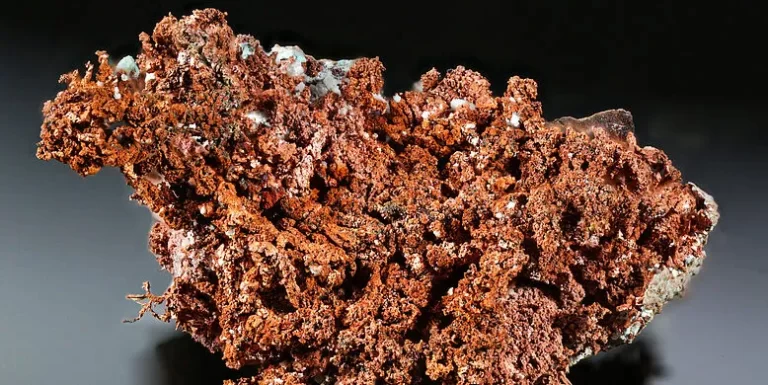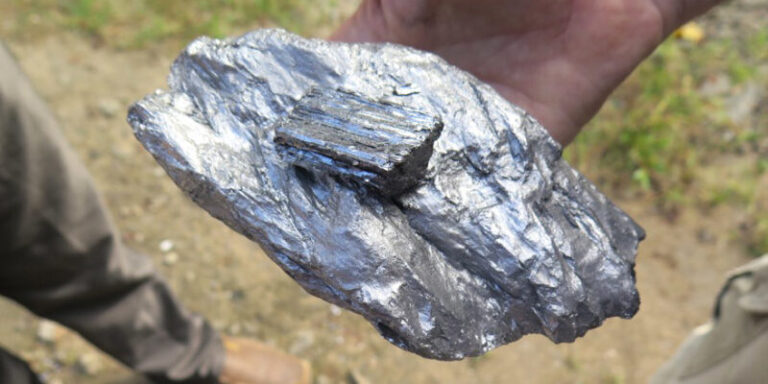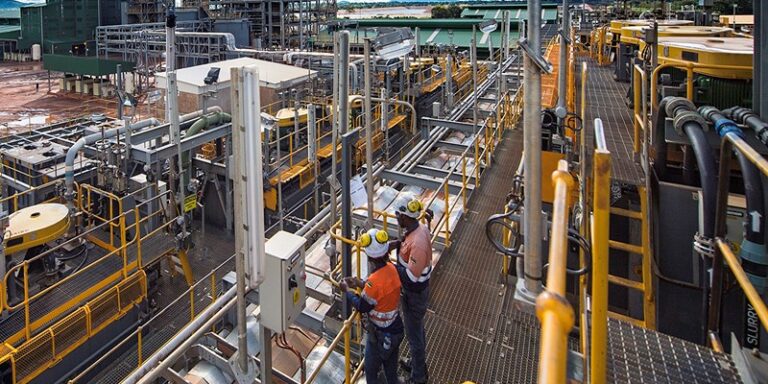
According to the World Economic Forum, global lithium mining reached 540,000 metric tonnes in 2021, and it is projected to rise to 1.5 million metric tonnes by 2025 and 3 million metric tonnes by 2030. However, these figures pale in comparison to the vast untapped lithium resources estimated at approximately 10 million metric tonnes in the Bikita lithium project in Zimbabwe.
Experts suggest that Zimbabwe has the potential to meet 20% of the world’s lithium demand if it fully harnesses its reserves.
These statistics have garnered global interest, especially as the world shifts toward projects and activities that rely on lithium.
Investors, primarily Chinese investors, have swiftly entered the lithium extraction business in Zimbabwe, making significant strides in acquiring mining entities, securing claims, and forming joint venture agreements with local and government entities. Over the past three years, an estimated $10 billion has been invested in various lithium projects in Zimbabwe.
Navigating Investments in Zimbabwe’s Lithium Industry
When considering an initial investment in Zimbabwe’s lithium sector, foreign investors should be aware of key legislation, including:
- Zimbabwe Investment and Development Agency Act (Chapter 14:37): This act aims to streamline the process of setting up companies for foreign investors. It establishes the Zimbabwe Investment Development Agency (ZIDA), which promotes and facilitates foreign direct investment through a One-Stop-Shop-Investment Services Centre.
- Mines and Minerals Act (Chapter 21:05): This act consolidates laws related to mines and minerals, covering mineral rights acquisition and ancillary matters.
- Exchange Control Act (Chapter 22:05): This act regulates gold, currency, securities, exchange transactions, payments, debts, and property import/export, transfer, and settlement.
- Indigenisation and Economic Empowerment Act (Chapter 14:33): This act focuses on indigenization of businesses, sector reservation, and approval of merger, demerger, acquisition, and relinquishment transactions by the Minister of Industry and Commerce.
- Companies and Other Business Entities Act (Chapter 24:31): This act governs the constitution, incorporation, registration, management, internal administration, mergers, and takeovers of companies, aligning Zimbabwean company law with international best practices.
- Competition Act (Chapter 14:28): This act promotes and maintains competition in Zimbabwe’s economy, establishing the Industry and Trade Competition Commission. It addresses restrictive practices, mergers, monopoly situations, unfair trade practices, and related matters.
- Environmental Management Act (Chapter 20:27): Enacted to ensure sustainable management of natural resources, protection of the environment, prevention of pollution, and environmental degradation.
Understanding the regulatory authorities responsible for enforcing the above-mentioned legislation is equally important.
These include the Zimbabwean Investment and Development Agency, Reserve Bank of Zimbabwe, Ministry of Industry and Commerce, Competition and Tariff Commission, Environmental Management Agency, and Zimbabwe Revenue Authority.
Impact of the Lithium Export Ban and Future Prospects
The most significant recent development in Zimbabwe’s lithium mining sector is the ban on exporting unprocessed lithium, which was implemented by the government in December 2022 through Statutory Instrument 213 of 2022, known as the Base Minerals Export Control (Lithium Bearing Ores and Unbeneficiated Lithium) Order.
According to the regulations, the export of lithium-bearing ores or unbeneficiated lithium from Zimbabwe to other countries is prohibited without written permission from the Minister of Mines and Minerals.
The government aims to unlock more benefits from lithium extraction through value addition by encouraging the establishment of processing firms in Zimbabwe, particularly in the manufacturing sector.
It is worth noting that Zimbabwe is also home to other minerals critical to developing EV batteries, including cobalt, manganese, nickel, and graphite.





